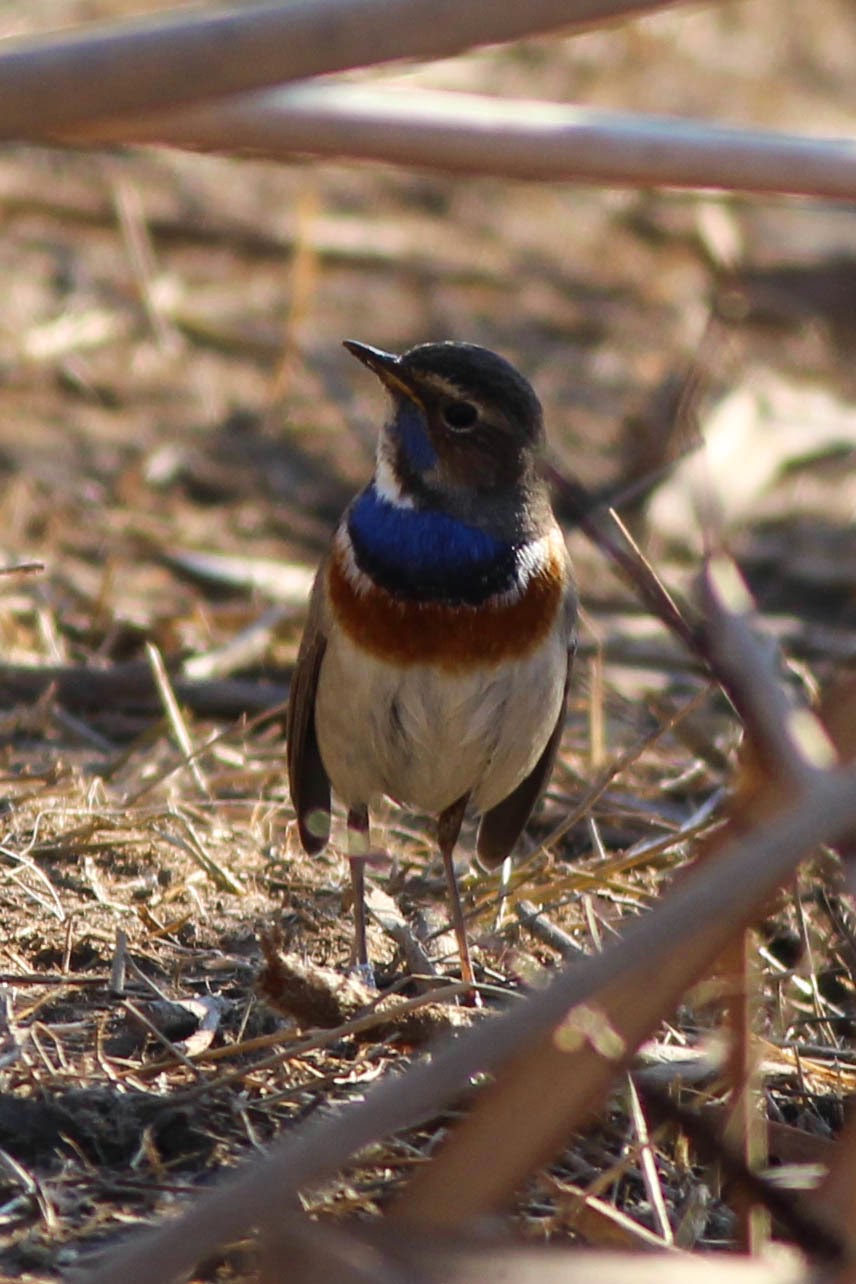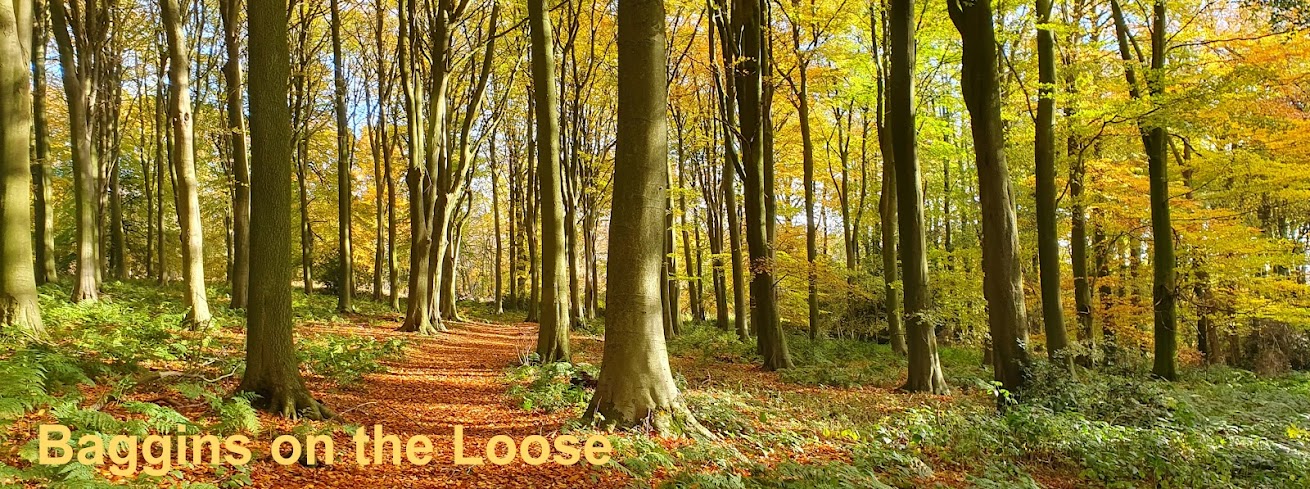 |
| Greater Flamingoes, St Pierre, nr Narbonne |
 |
| Port Leucate, with the Pyrenees in the background |
 |
| Dartford Warbler, early morning shot. |
My best effort yet of a Dartford Warbler and some nice flying Great White Egrets were useful sign off pics from my last good outing in the south of France, but I could sense Spain beckoning, and I crossed the Pyrenees on the 5th Jan. Didn't stop ... it was dark and just too cold and bitter this time of year, be better on the way back!
 |
| Great White Egret |
...and so to my first landing spot in Spain - Aiguamolls D'Emporda.
Been here 5 days now (so it must be good!)... just exploring this rich and varied coastal area in Catalunya. There's a major 'parc naturel' at 'El Cortalet' but the whole area between the 2 rivers Muga and Fluvia is impressive, well managed and in this part of Spain second only to the Ebro Delta in terms of wildlife importance.
 |
| Marsh Harrier, El Cortalet |
 |
| Marsh Harrier, El Cortalet |
 |
| Water Rail, El Cortalet |
 |
| Water Rail, El Cortalet |
The White Storks here are just about to start breeding and making a right racket with all that bill rattling! There was a big nest just above my van in the car park at the reserve but right across the patch they weren't exactly difficult to photograph!
Like I say, tis the breeding season here for storks ... think she's giving the nudge to a slow starter?!
 |
| Penduline Tit, El Cortalet |
 |
| Penduline Tit2, El Cortalet |
 |
| Penduline Tit3, El Cortalet |
 |
| Penduline Tit4, El Cortalet |
I was totally captivated by these fantastic wee birds, counted 8 in total, feeding on mast heads and actually stripping some kind of goodness out of the reed stalks (pic3). At the risk of sounding like David Attenborough, as I watched them flit from reed to reed, I was struck by how totally adapted they are to this environment.. swaying and sinking down on mast heads (like a pendulum doh!) and the way their feet fit the exact diameter of a reed stem... awesome!
 |
| Bluethroat, El Cortalet |
First day in Spain was already beyond expectations and it kept going.... fancy a bit of Bluethroat?
 |
| Bluethroat2, El Cortalet |
 |
| Bluethroat3, El Cortalet |
Amazingly, my dear mother had given me a framed picture of a pretty bird she stumbled across in an antique store ... turned out to be a limited edition print of a Bluethroat! She wasn't to know but I love these cunning little birds ...aren't mums brilliant!
 |
| Chiff Chaff, El Cortalet |
A few more Willow Warblers than last time too but not got a decent pic yet!
Every remaining fruit bearing bush and tree has some kind of bird in it and if its not a Blackbird its a Blackcap ... here's a female devouring a fruit I should be familiar with. Blueberry?
 |
| Female Blackcap, El Cortalet |

The terrain is dominated by salt loving shrubs and plants, with lots of saltmarsh rocket, sea bindweed and tree-wise the short and stubby Salt Cedar trees.
Great for Meadow Pipits, Linnets, Goldfinch, Wood & Crested Larks
Although there's an abundance of wet fields I've not had huge numbers of wading birds .. a few Spotted Redshank, Green & Common Sandpiper, Curlew and Lapwing
 |
| Lapwing, El Cortalet |
 |
| Mega bird hide at El Cortalet! |
.....some cracking views of the reserve
 |
| El Cortalets from the tower hide |
 |
| Not the prettiest, but of all the bird hides on all the reserves I've ever visited, this is certainly the tallest .. and with the Pyrenees behind mighty impressive! |
 |
| Common Snipe flock, El Cortalets |
 |
| Common Snipe flock, El Cortalets |
 |
| Hoopoe, San Pere Pescadore |
































